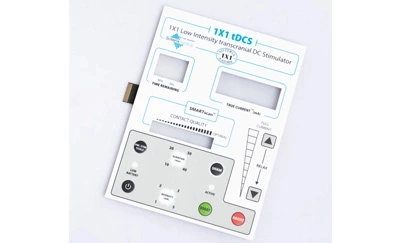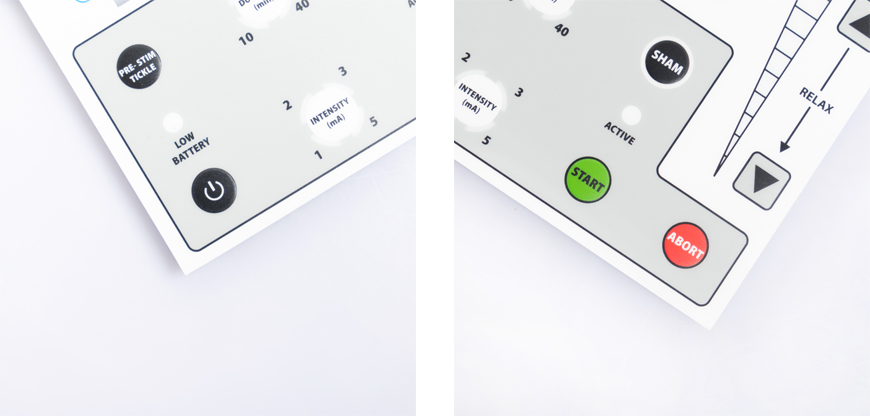
In the world of electronics, switches play a crucial role in controlling various devices and circuits. One type of switch that has gained popularity in recent years is the membrane edge trigger switch. These switches are known for their durability, versatility, and ease of customization. In this article, we will explore how to make membrane edge trigger switches from scratch. Whether you're a DIY enthusiast or an electronics hobbyist, this guide will walk you through the process step by step.
Membrane edge trigger switches are a type of momentary switch that activates when pressure is applied to the edge of the membrane. They are commonly used in keyboards, control panels, and various electronic devices. These switches are reliable, cost-effective, and can be customized to meet specific design requirements.
Before you start making your own membrane edge trigger switches, gather the following materials:
· Flexible membrane sheet
· Conductive material (e.g., copper tape)
· Insulating material (e.g., plastic film)
· Adhesive
· Circuit board
· Microcontroller (optional)
· Soldering iron and solder
· Wire connectors
· Multimeter
· Scissors
· Screwdriver

Begin by designing the shape and layout of your custom membrane switch. Consider the dimensions and the position of the trigger area. You can use software like Adobe Illustrator or free online tools to create your design. Ensure that the conductive traces are correctly placed to detect edge-triggered presses.
Next, prepare your circuit board. You can either design your custom PCB (Printed Circuit Board) or use a pre-made one. Solder the necessary components onto the board, including connectors and any additional electronics if you want to add extra functionalities to your switch.
Attach the flexible membrane sheet to the circuit board. Make sure that the conductive traces on the membrane align with the contact points on the board. Use adhesive to secure the membrane in place, ensuring a tight and uniform seal.
Before finalizing your membrane edge trigger switch, perform thorough testing. Use a multimeter to check for continuity and ensure that the switch activates when pressure is applied to the edge. Troubleshoot any issues and make necessary adjustments.
One of the advantages of membrane edge trigger switches is their customizability. You can experiment with different materials, trigger shapes, and sizes to tailor the switch to your specific needs. Additionally, you can integrate backlighting or haptic feedback for enhanced functionality.
Membrane edge trigger switches find applications in various fields, including:
· Consumer electronics
· Medical devices
· Industrial control panels
· Automotive controls
· Gaming peripherals
Their versatility and reliability make them suitable for numerous industries and products.
To ensure the longevity of your membrane edge trigger switches, clean them regularly and avoid applying excessive force. Proper maintenance will keep your switches in optimal condition for a long time.
Can I use any type of flexible membrane for the switch?
While you have some flexibility in choosing materials, it's essential to use a flexible membrane that can conduct electricity.
Do I need advanced soldering skills to assemble the switch?
Basic soldering skills are sufficient, and there are plenty of online tutorials to help you get started.
Can I add multiple triggers to the same switch?
Yes, you can design your membrane switch with multiple trigger points for different functions.
Are membrane edge trigger switches suitable for outdoor use?
They can be used outdoors, but proper sealing and protection from moisture are essential.
Can I connect membrane switches to a microcontroller for additional features?
Yes, you can integrate a microcontroller for advanced functionality and customization.